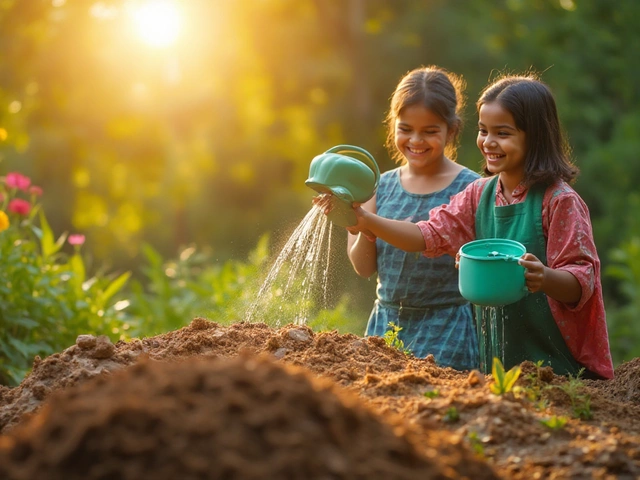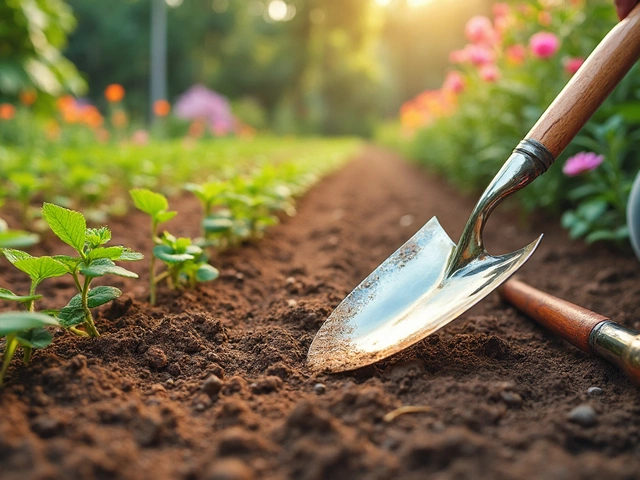Perlite: The Simple Soil Boost Every Gardener Needs
Ever feel like your garden soil is too heavy or drains too fast? Perlite can fix that problem in minutes. It’s a lightweight, white volcanic glass that expands when heated. The result is a gritty, porous material that lets air and water move through the soil without getting soggy.
Because perlite is so light, it won’t add extra weight to raised beds or containers. That makes it perfect for balcony gardens, rooftop planters, and any spot where you need a soil that stays loose. In India’s hot climate, perlite also helps keep the root zone cooler, which means less stress for your plants during scorching summers.
How to Mix Perlite with Soil
Mixing perlite is easier than you think. For regular potting mix, aim for a 1‑part perlite to 3‑parts soil ratio. If you’re growing seedlings, go heavier—use about half perlite and half seed‑starting mix. The extra air pockets give tiny roots room to breathe, and the water‑holding ability makes sure they stay moist but not wet.
When you’re preparing a large garden bed, spread a thin layer of perlite on the surface before turning it into the soil. Roughly 10‑15 % perlite by volume does the trick. You’ll notice the soil feels fluffier and drains faster after a rain.
Don’t forget to water after mixing. Perlite absorbs water like a sponge, so a good soak helps it settle and prevents it from floating away when you plant.
Perlite Tips for Indian Gardens
Monsoon season can leave the soil waterlogged, especially in low‑lying areas. Adding perlite before planting rice, beans, or mango seedlings reduces waterlogging and improves root health. For desert‑type regions, perlite’s ability to hold moisture means you water less often—perfect for water‑wise gardening.
When buying perlite, look for a clean, dust‑free product. A quick shake in a bucket will show if it’s tangled with fine particles that could clog your watering system. If you use drip irrigation, perlite can act as a filter, keeping your emitters clear.
Safety tip: wear a mask when handling loose perlite. The tiny particles can irritate lungs if inhaled. Once it’s mixed into soil, you’re safe.
Finally, perlite is reusable. After a season, you can sift it out of the soil, rinse it, and store it for next year’s planting. This saves money and reduces waste.
So whether you’re a balcony gardener, a backyard farmer, or just someone who wants healthier houseplants, perlite is a cheap, effective tool. Add a handful to your next pot, and watch the difference in plant vigor and soil health.
Can I Just Put Perlite on Top of Soil? Here's What You Need to Know
Thinking about using perlite in your garden? This article explores whether adding perlite on top of soil can benefit your plants. Learn about the advantages, possible drawbacks, and the best practices for incorporating this volcanic glass from nature into your gardening routine. We’ll also look at how perlite compares to other soil amendments, helping you make an informed decision for your green space.
About
Soil Improvement
Latest Posts


Best Balcony Orientation for Sunlight in Your Garden Setup
By Alden Thorne Feb 3, 2025

Do Plants Really Purify the Air? The Truth About Houseplants and Indoor Air Quality
By Alden Thorne Jun 14, 2025

Crafting Rich Topsoil: A Comprehensive Guide to Garden Vitality
By Alden Thorne Jan 28, 2025

